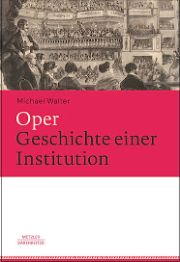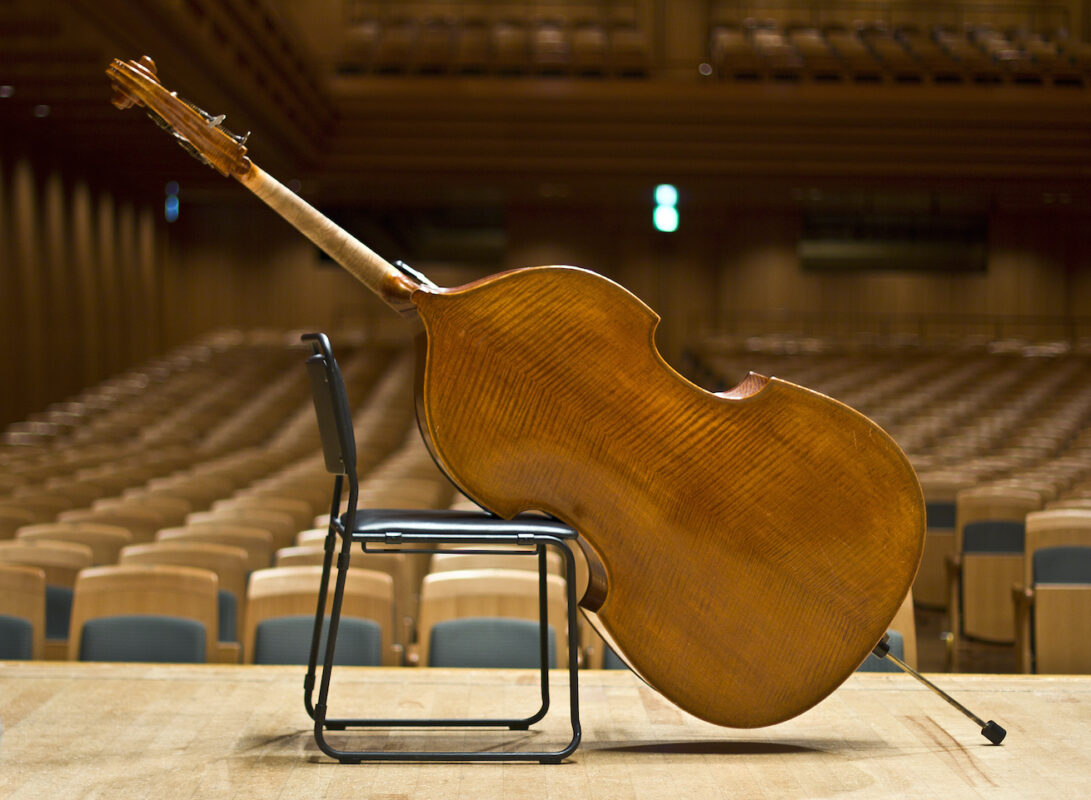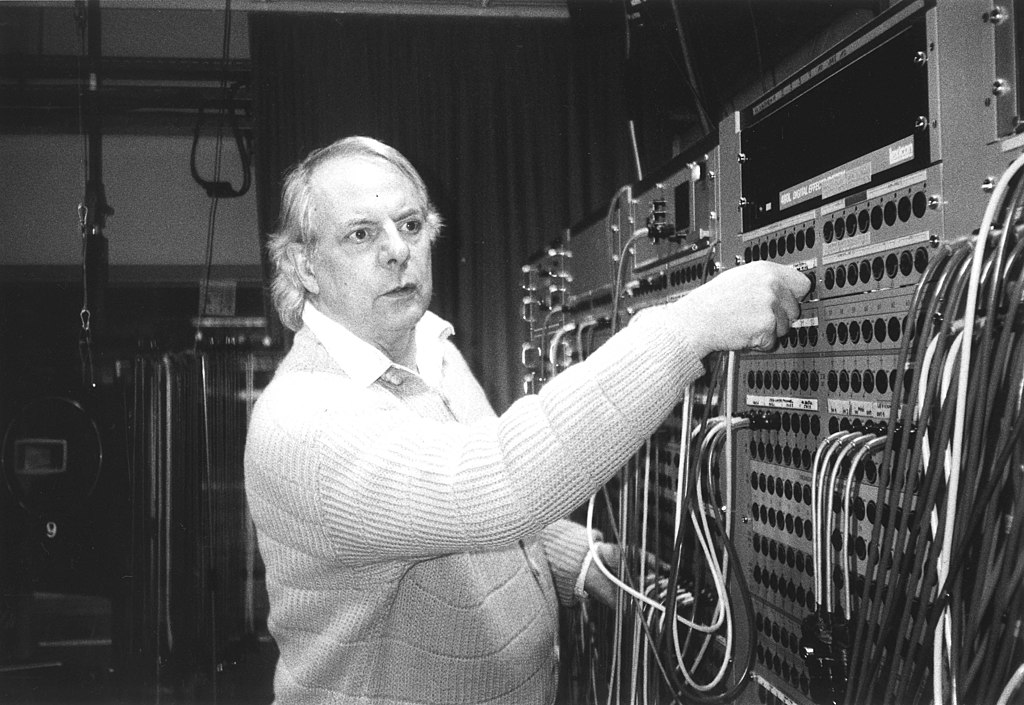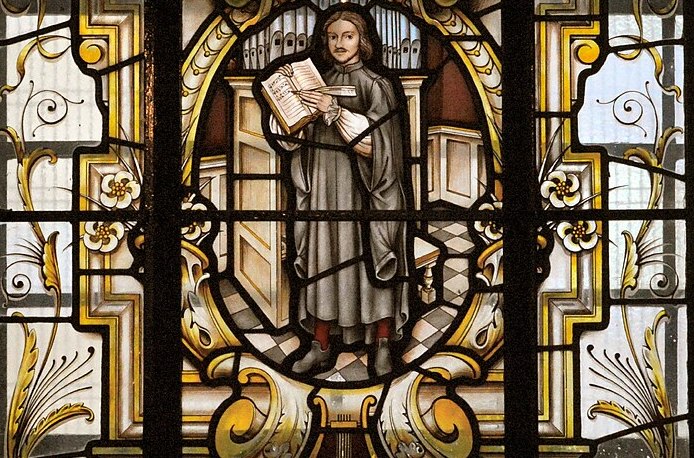The opera as an institution
In his 400-page tome, Michael Walter provides insights into the opera business from the 17th century to the present day. He follows the trail of money.
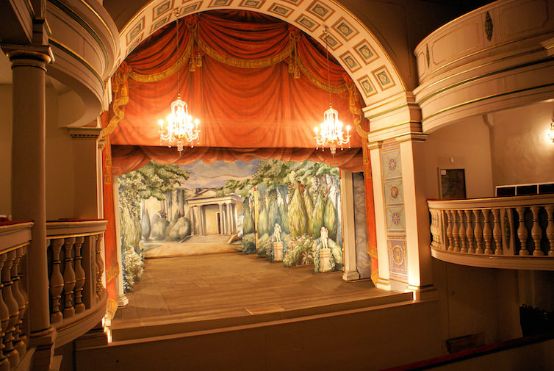
The word institution is not only difficult to pronounce, it is also not easy to define. Michael Walter interprets institution as more than just a place where operas can be experienced. He also examines things that are not usually the focus of attention: for example, the situation of singers from the 17th to the 21st century, the historical and contemporary composition of the audience, the impresario or subsidy system or the role that opera plays in the competition between cities.
Such a broad view is both a blessing and a curse. Walter takes a down-to-earth and sober view of things. The insights into sample conditions in the 18th century are particularly exciting and sometimes funny to read. "Time is money" was already the motto back then. If a more demanding opera required too much preparation, it could quickly happen that a comic opera was performed instead of an opera seria. The advantages of this: Streamlining the rehearsal schedule and, on top of that, a fuller house for longer. According to Walter, money is often a conclusive explanation for institutional issues. Opera divas and heroic tenors were already driving up ticket prices in the 18th and 19th centuries. Walter has meticulously researched fees and can provide concrete figures. At major opera houses such as the Vienna or Berlin Court Opera, the Teatro San Giovanni Grisostomo in Venice or the Royal Academy of Music in London, castrati and top singers sometimes earned 2000-7000 Reichstaler - a formidable sum by the standards of the time. Today, both opera houses and singers have little interest in transparency for fear of (justified) public criticism. Nevertheless, Walter quotes the star tenor Roberto Alagna, who once spoke of a sum of 13,000 euros per performance. That is certainly not a small sum. But nowhere near as much as the 500,000 euros that Luciano Pavarotti demanded and received for heroic performances in football stadiums. (Fortunately, Walter dispels the prejudice that the best performance is worth the highest salary).
The curse of the wide view: Opera - the history of an institution is not a pleasure to read. In an obvious effort to achieve chronological and local completeness, the author jumps from one aspect to the next in a very piecemeal fashion. Walter prefaces his chapters with the headings "Singers", "Legal issues" or "Opera audiences". As a result, he is forced to change topics frequently right from the start, whereby it remains questionable whether American opera conditions can be compared with Russian or European ones at all. Not to mention the conditions at a small German municipal theater and those of a large specialized house such as the New York Metropolitan Opera.
Michael Walter: Opera - History of an Institution, 26 illustrations, 470 p., € 49.95, Bärenreiter/Metzler, Kassel/Stuttgart 2016, ISBN 978-3-476-02563-0






